The blog for Master of Management in International Arts Management had a case study post by Donna S. Finley and Vijay Sathe examining how the Calgary Philharmonic Orchestra (CPO) and Alberta Ballet (AB) had revamped their business model in an attempt to stabilize their finances.
Feels like it has been awhile since I covered a good old fashioned case study.
One of the first things that Finley and Sathe discuss is that both organizations recognized they were already essentially serving the bulk of their core markets and that growth would only come from identifying new market segments:
At CPO, audience research led to the identification of two new audience segments: those attracted by the flexibility of single-ticket sales, and those seeking to enjoy classical music in non-traditional environments in a variety of venues within and outside of the city.
At AB, research revealed numerous new audience segments that all indicated a strong desire for before- and after-performance receptions, dining opportunities, special events for youth to meet dancers and purchase products and memorabilia, and alternative, more personal and customized venue experiences.
While these are programming and ticketing choices that have been identified as areas of opportunity for a large number of arts and cultural organizations, there was an additional area of growth Finley and Sathe mentioned that left me wanting to know more:
At CPO, new and unusual settings were found and facilitated both the renewal of traditional repertoire and the introduction of new works. New business focused on joint community programming initiatives, whereby revenues and expenses could be split between CPO and a community group such as the Rotary Club or the South Asian Association. The Orchestra found an immediate new revenue opportunity within services it had historically undervalued.
I was curious to know how this manifested. It sounds like Rotary or South Asian Association were co-sponsoring or partnering with CPO on producing new and traditional works in novel locations, but I wanted to know more about how the programming was executed, what attendance was like, if there was revenue sharing between CPO and the community organizations. Basically, all the stuff an arts administration and policy nerd gets excited by.
Another major point touched upon in the case study was both organization’s attempts to stabilize the cycle of engaging in capitalization campaigns, spending the money, then engaging in another campaign, all in the face of decreasing donations and funding. Especially while faced with the impacts of Covid. One of the things they did was outsource administrative functions to third party services providers with far more expertise which apparently saw a great deal of cost savings. When I first read the post, I thought perhaps both organizations had consolidated their back office functions in partnership with each other, but that doesn’t seem to be the case.
Unfortunately, they also realized savings by cutting artists contract weeks:
“…reducing musician weeks from 46 to 40 per year and dancer weeks from 42 to 36 per year; and, at CPO, reducing staff salaries by 20% while simultaneously introducing an incentive pay component with upside potential based on the entrepreneurial success in tapping new markets.”
The description of the entrepreneurial programs of both organizations were pretty general. (Granted, the title of the article does include “abridged.”) Apparently, for CPO the success of those efforts “more than made up for the 20% decrease in their base salary as part of the cost-cutting measures.”
What caught my eye was an apparent admission that for both organizations:
“… The artistic side, comprising the Artistic Director and their respective teams of artists, made its plans and decisions in isolation – disconnected from all or most aspects of the business operations.”
As a solution, both organizations are working toward streamlining their planning and reporting structures

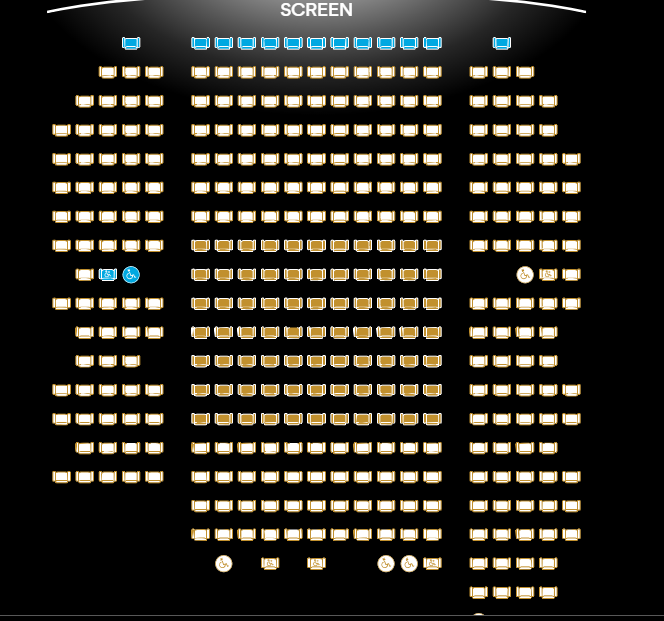

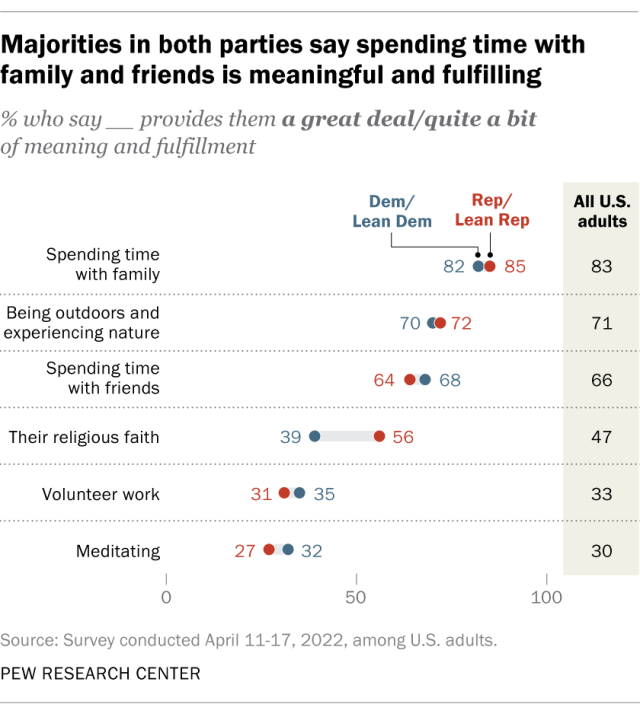
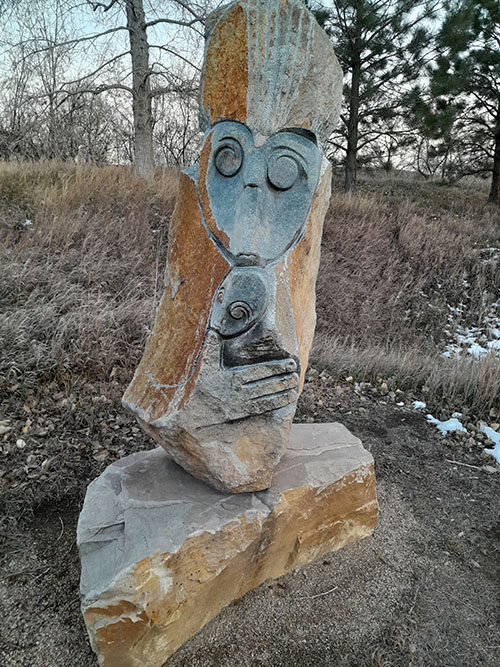
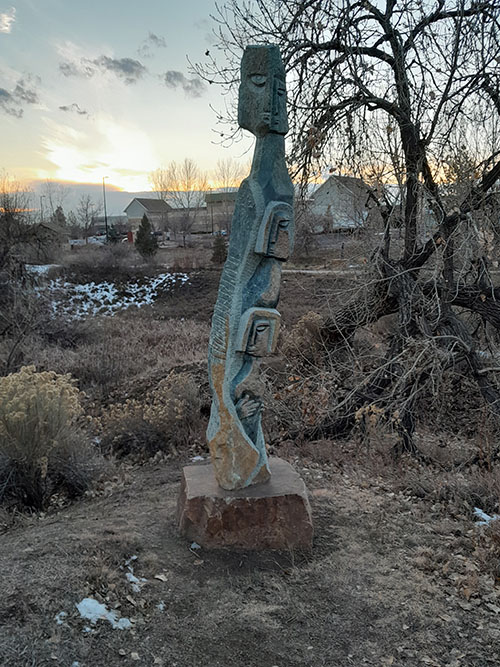
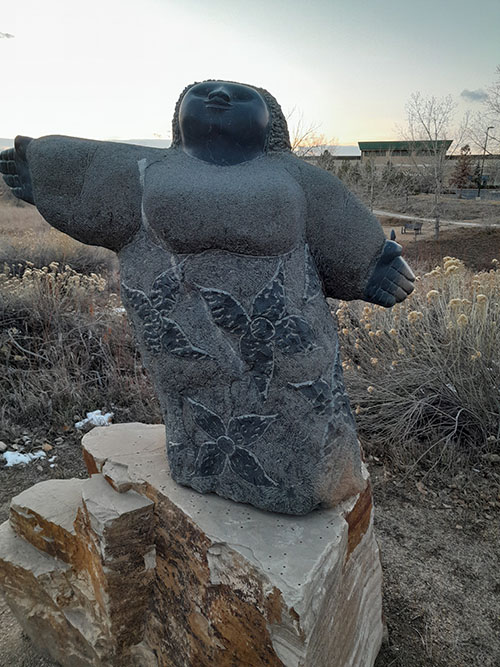

Thanks for what you are doing to bring cultural change to the arts. It is so important to represent everyone.…